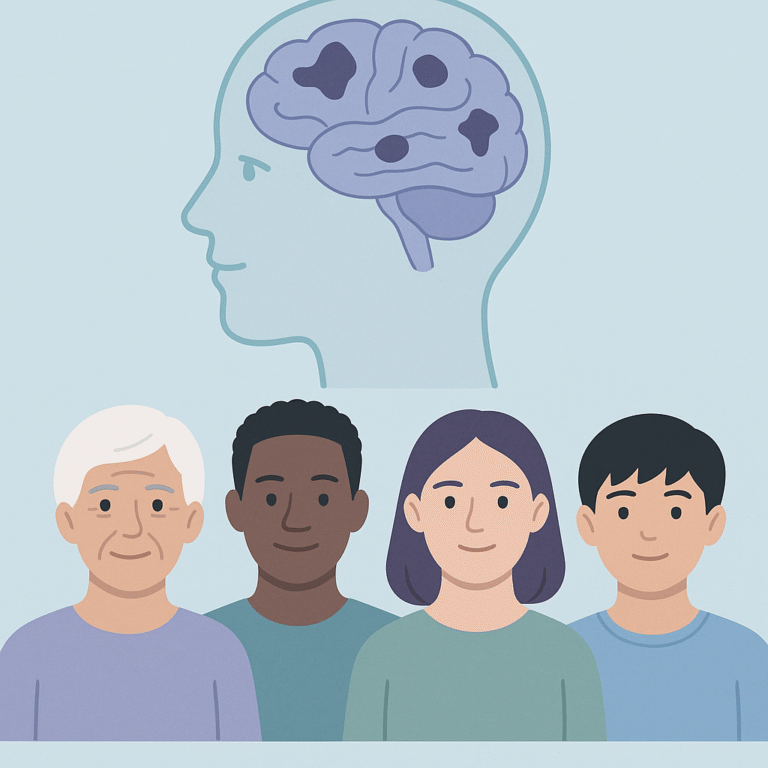Evaluating Newborn Screening with Whole Genome Sequencing
Researchers studied the use of whole genome sequencing (WGS) for screening newborns for rare diseases.
Discover the latest findings in recent epilepsy research, where we break down complex studies into clear insights. Stay informed about cutting-edge breakthroughs, evolving theories, and advancements shaping our understanding of epilepsy.

Researchers studied the use of whole genome sequencing (WGS) for screening newborns for rare diseases.

A study was conducted in Brazil to understand the relationship between prenatal exposure to the Zika virus and the risk of epilepsy-related hospitalizations in young children.

Researchers studied how antiseizure medications (ASMs) affect the autonomic nervous system (ANS) in children with epilepsy.

This study looked at 77 patients who had a specific brain condition called focal cortical dysplasia (FCD), which can cause epilepsy.

This study looked at how well different people agree on measuring seizure frequency in children with epilepsy who are treated with vagus nerve stimulation (VNS).

The STIRUS study looked at how effective stiripentol, a medication approved for Dravet syndrome (DS), is for patients in the United States.

The ELUCID study is a research project that looks at older adults, specifically those aged 55 and older, who have developed seizures without a clear cause, known as late-onset unexplained epilepsy (LoUE).

This study looked at children diagnosed with Alexander disease (AD), a rare neurological condition, over the past ten years.

This study looked at how machine learning can help predict which patients with drug-resistant epilepsy might respond well to neuromodulation therapies, like vagus nerve stimulation (VNS).